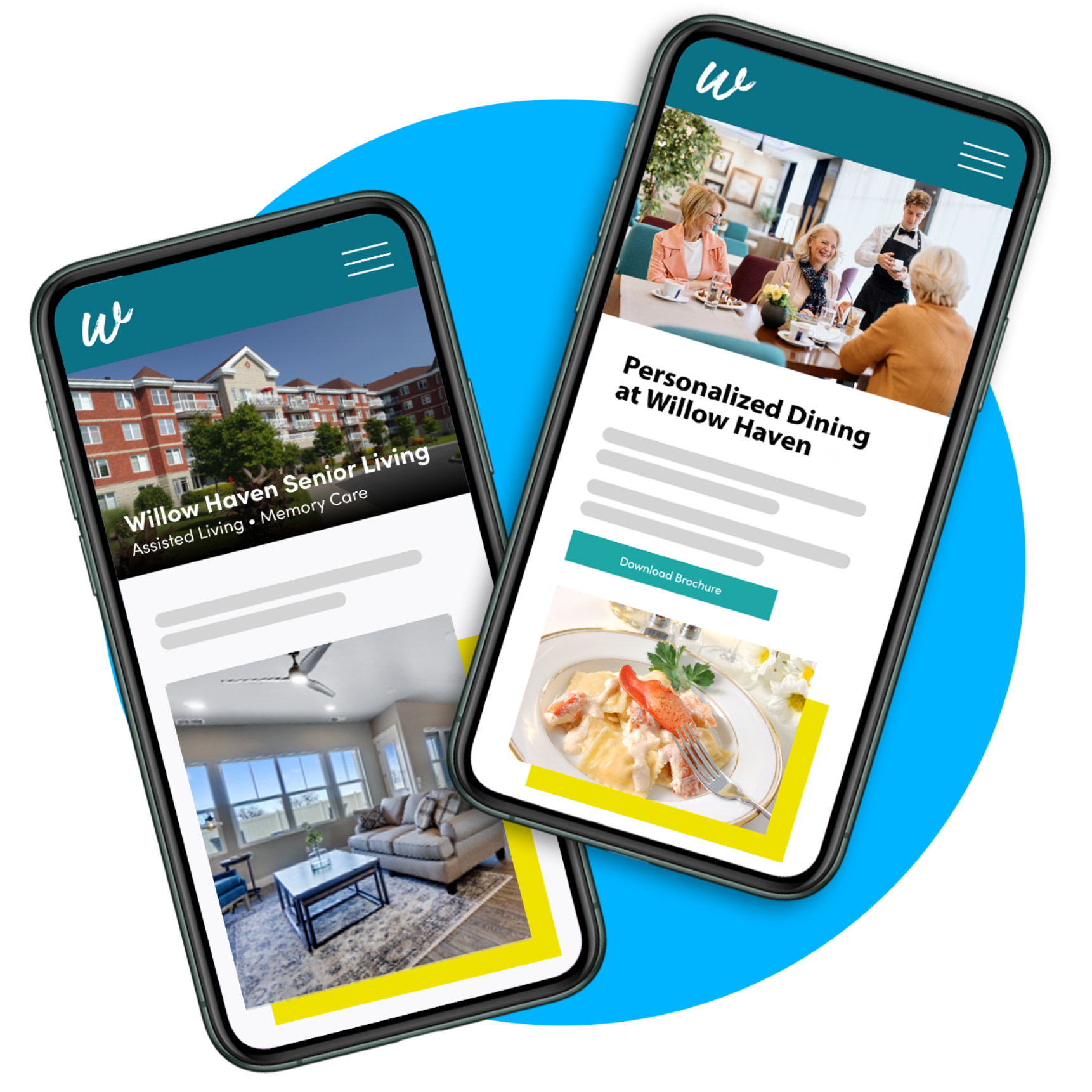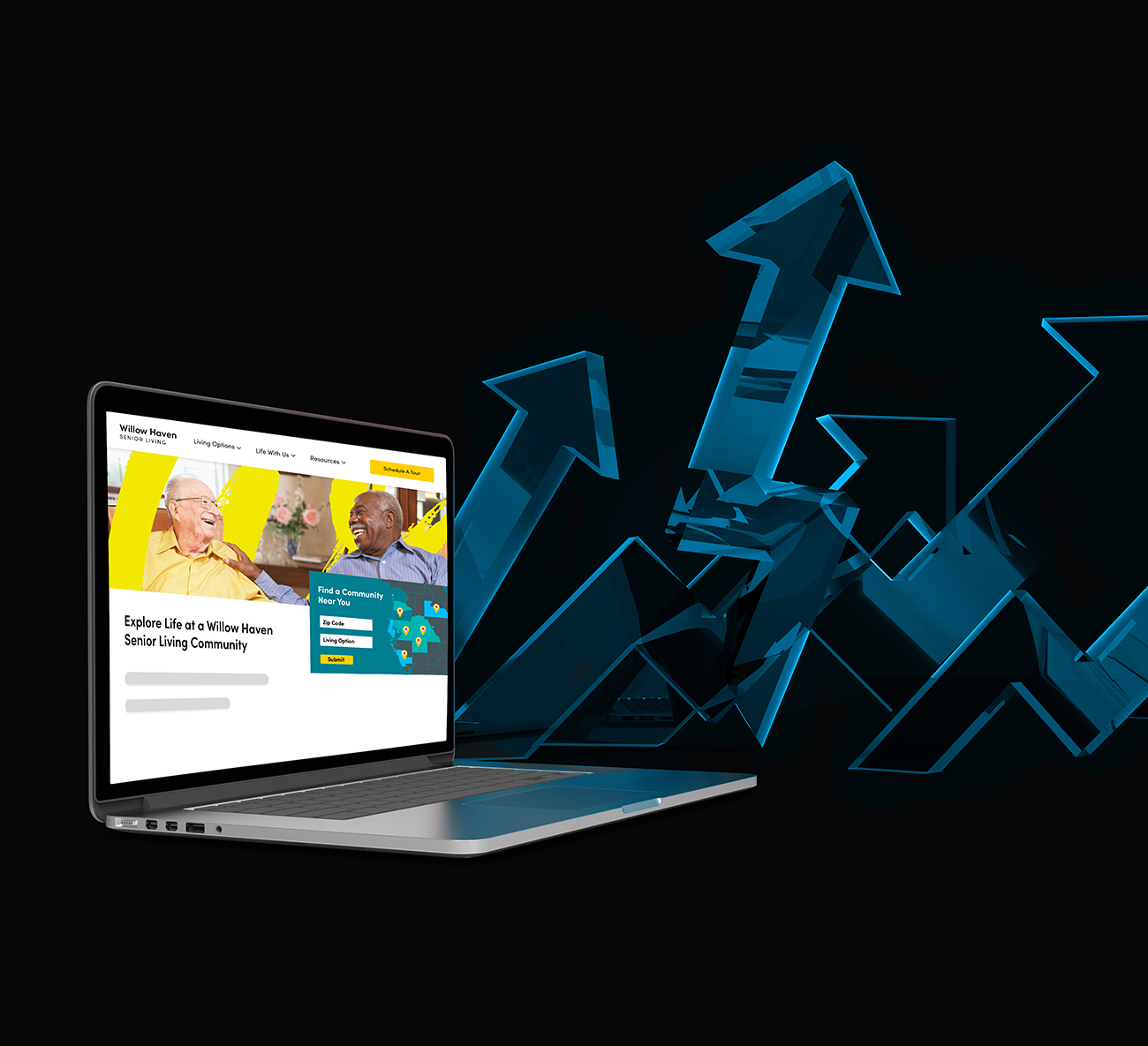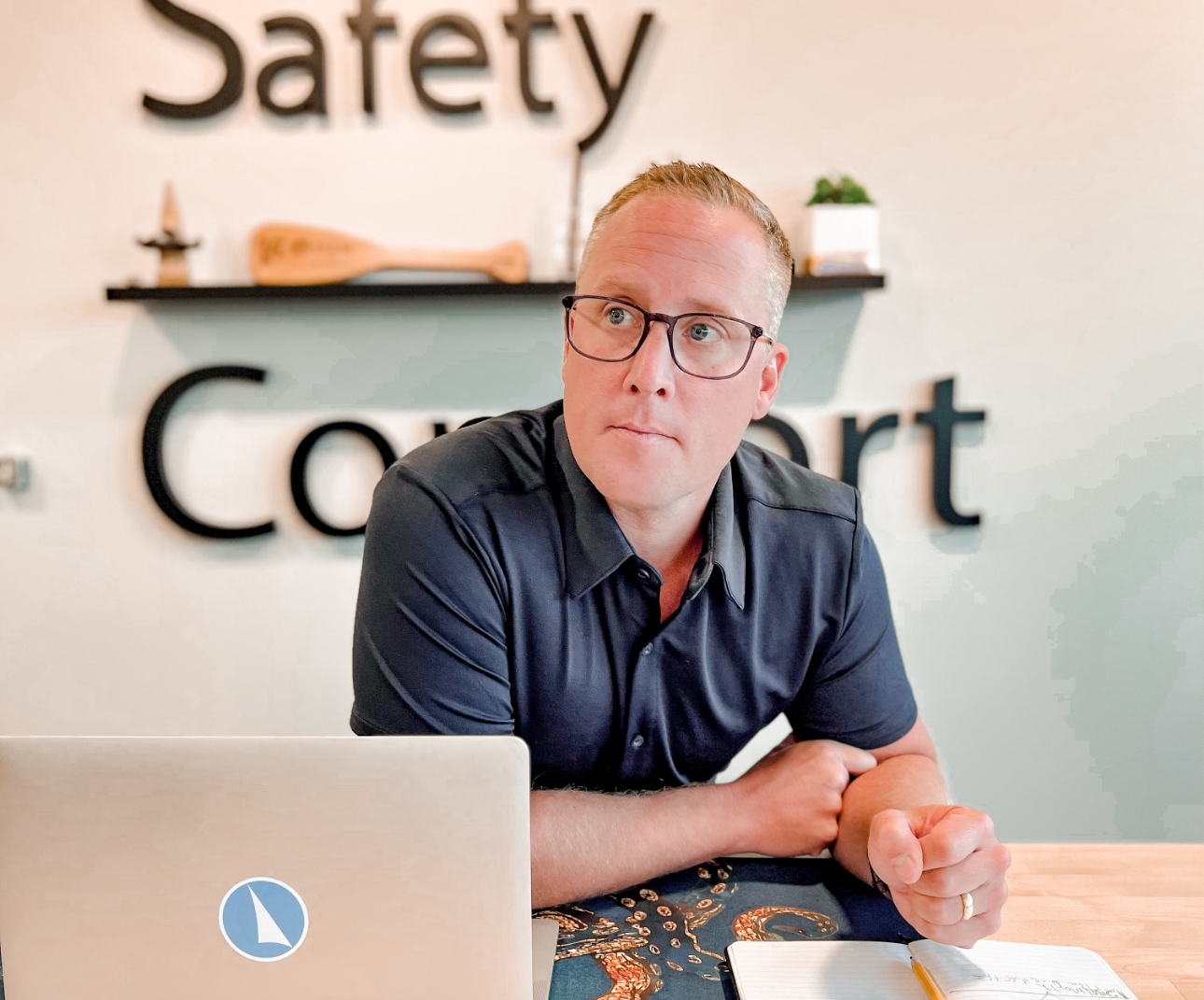Today, 85% of senior living prospects start their search online. If your website doesn’t immediately engage them, they’ll leave and visit a competitor instead. A site that is outdated, difficult to navigate, or lacks clear calls-to-action (CTAs) can drive potential residents away. To ensure your website converts visitors into future residents, it must be designed for both usability and lead generation.
Optimize for User Experience & Navigation
When visitors land on your website, they should be able to find the information they need within seconds. A confusing or cluttered navigation menu leads to frustration and site abandonment. A well-structured site should have clear, intuitive paths to:
- Living options such as Assisted Living, Independent Living, and Memory Care
- Pricing and financing details
- Virtual tours and resident testimonials
- Contact forms and tour scheduling
A streamlined user experience increases conversions by making essential information accessible with minimal effort. The fewer clicks required to reach key pages, the better the user experience and the higher the conversion rate.
Use High-Quality Images & Videos to Build Trust
Stock photos often feel impersonal and fail to create an emotional connection with visitors. Authentic, high-quality images and videos help showcase the warmth and vibrancy of your community. A well-designed website should feature:
- Photos of happy residents engaging in activities
- Video testimonials from families and staff
- 360-degree virtual tours of apartments, dining areas, and common spaces
Including video content can increase user engagement by up to 80%, keeping potential residents and their families on your site longer and making them more likely to take action.
Ensure Mobile Optimization for Seamless Access
With 72% of senior living searches occurring on mobile devices, a mobile-friendly website is essential. If your site doesn’t function properly on smartphones and tablets, potential residents and their families will leave before exploring further. To improve mobile performance:
- Ensure pages load in under three seconds
- Use large, easy-to-click buttons for navigation and CTAs
- Keep text short and scannable with clear headings and bullet points
A mobile-optimized website can increase inquiries by up to 50%, making it a crucial factor in digital marketing success.
Create Clear & Compelling Calls-to-Action (CTAs)
Many senior living websites fail to guide visitors toward the next step. A strong CTA tells potential residents and their families exactly what action to take. Effective CTAs include:
- “Schedule a Free Tour” – A direct link to the booking page
- “Download Our Cost Guide” – Encourages email sign-ups for follow-up communication
- “Call Us Now” – A clickable phone number for immediate contact
CTAs should be visually distinct, using contrasting colors that draw attention and encourage interaction.
Improve Lead Generation with Smart Contact Forms
If a contact form is too long or asks for unnecessary details, visitors are less likely to complete it. Simplified lead forms should request only essential information:
- Name
- Phone number
- Type of inquiry (e.g., tour request, pricing question)
Websites that use concise, well-structured forms see up to three times more inquiries than those with lengthy or complicated forms.
Your Website Should Be Your #1 Sales Tool
A well-optimized website acts as a 24/7 sales representative, driving inquiries and conversions even when your team isn’t available. To maximize its effectiveness:
- Review and improve site navigation, speed, and mobile responsiveness
- Upgrade images and videos to build trust and engagement
- Add strong CTAs and user-friendly contact forms to increase lead capture
A strategic website redesign focused on usability and conversion optimization will result in more engagement, more inquiries, and ultimately, more move-ins.









